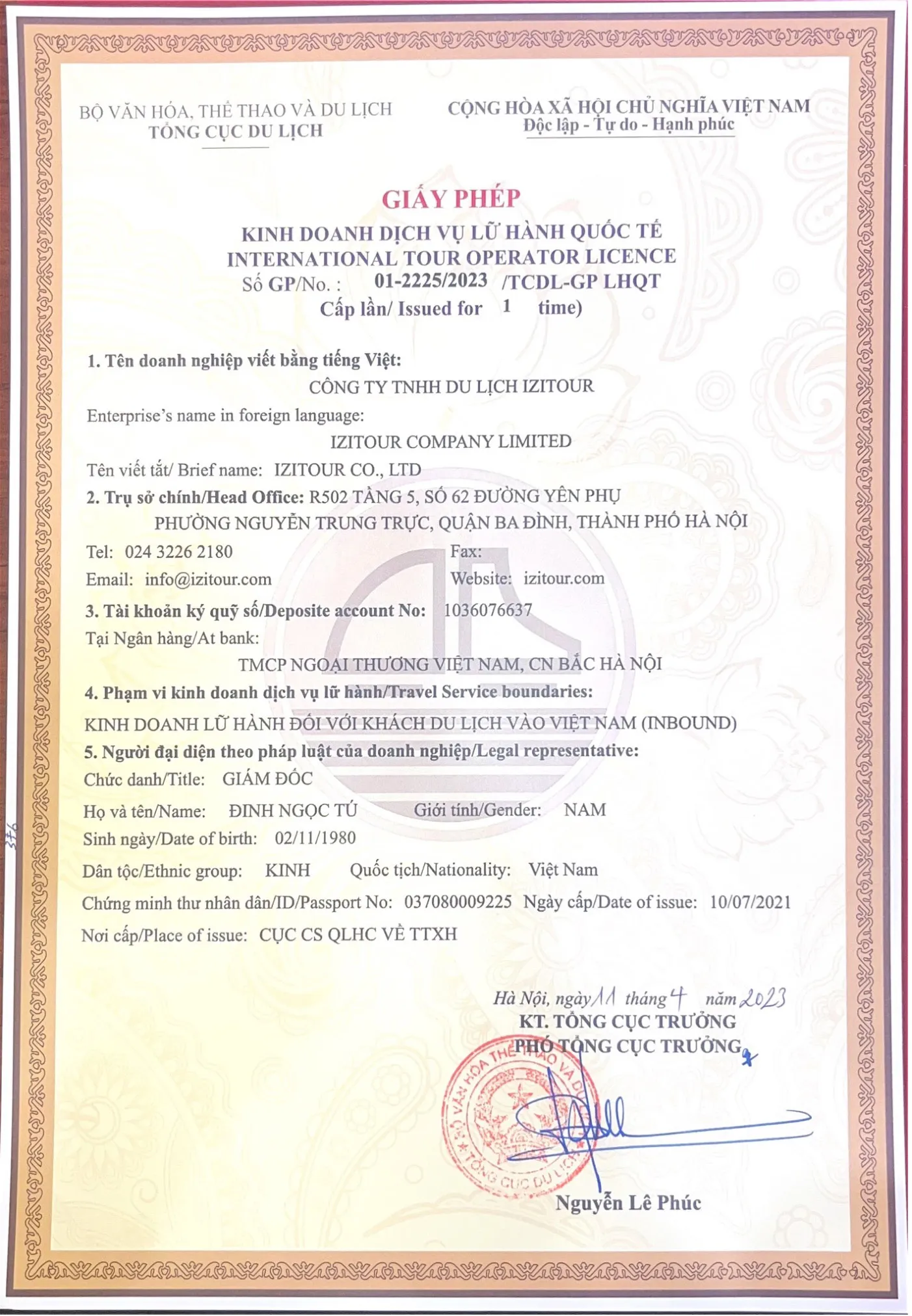The Thay pagoda for a long time has been a popular spiritual tourist destination for not only Hanoian but also Vietnamese residents. The fascinating landscape and unique architecture with religious and historical values have contributed to the appeal of this Buddhist pagoda.
Located in Sai Son commune, Quoc Oai district, Hanoi, the Thay pagoda has been officially recognized as a special national monument in 2015. Since having been recognized as a special national relic, Thay Pagoda welcomes thousands of tourists from all over the world to visit and give offerings to it. In particular, on the occasion of Thay pagoda festival which happens on the 7th day of the 3rd lunar month or the Lunar New Year, the increasing number of tourists visit Thay pagoda to pay their respects and offer incense.
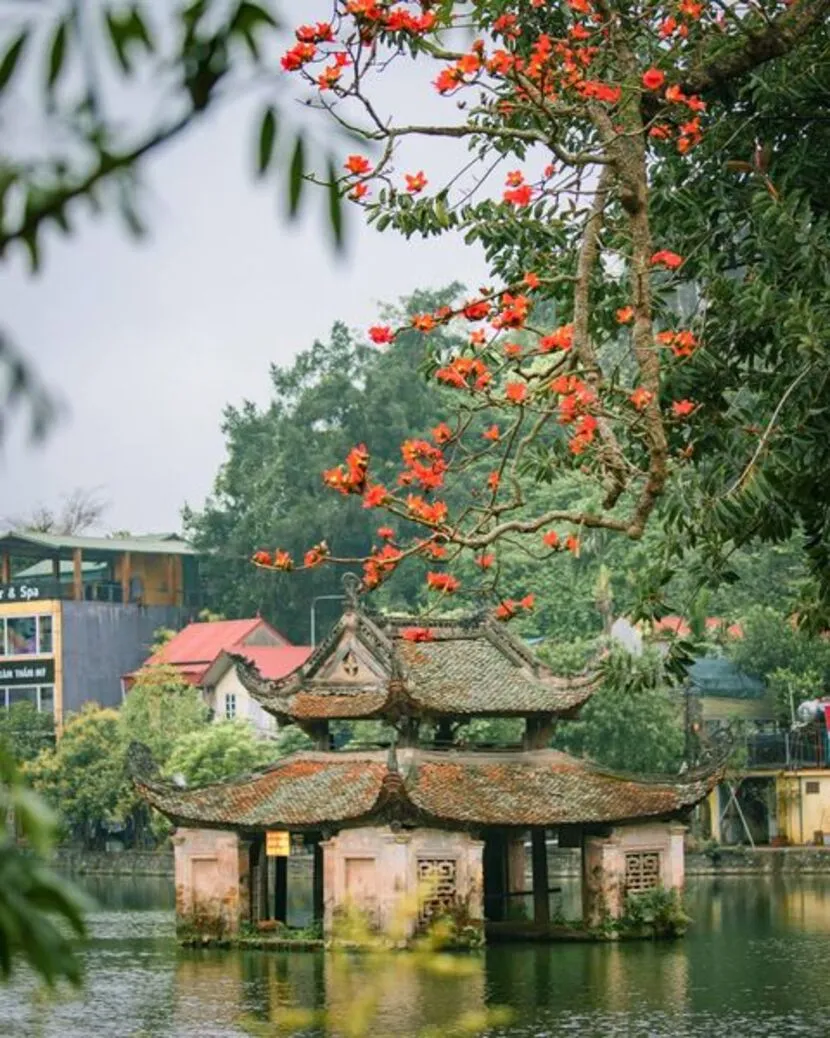
Thuy Pavillion means pavillion on water
The Thay Pagoda (or Master Pagoda) is also known as the Ca Pagoda, the other name of which is Thien Phuc Tu. The Thay pagoda was built under the Ly dynasty. At the beginning, Thay Pagoda was just a small temple, where Zen Master Tu Dao Hanh was abbot. Tu Dao Hanh had a great merit in teaching and curing people. He was said to be the ancestor of water puppet shows.
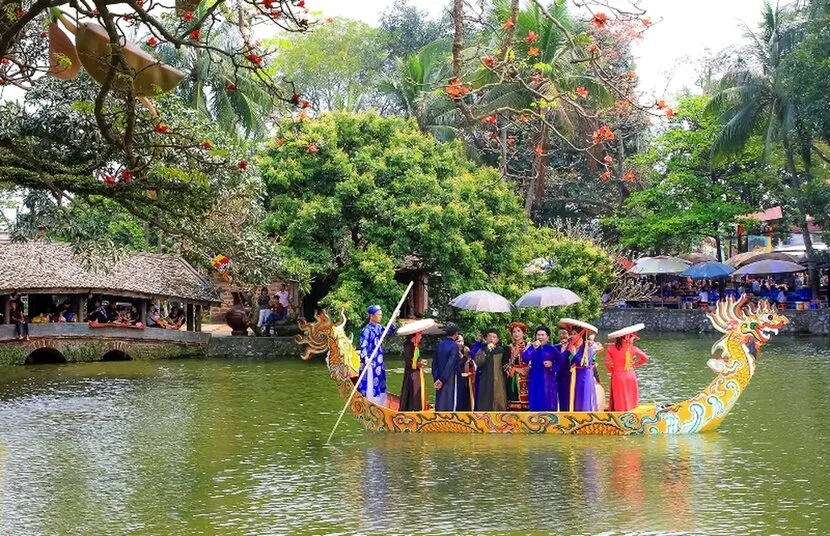
Thay pagoda festival
According to feng shui, the pagoda was built on dragon-shaped land. In front of the pagoda and on the left is Long Dau Mountain, the back of the pagoda and the right side lean on Sai Son Mountain. The pagoda faces south; in front of the pagoda, located between Sai Son and Long Dau, is a large lake. The temple yard is like a dragon's jaw, and the Thuy Pavillion is like a dragon ball. Nguyet Tien Kieu and Nhat Tien Kieu bridges are considered as two dragon beards.
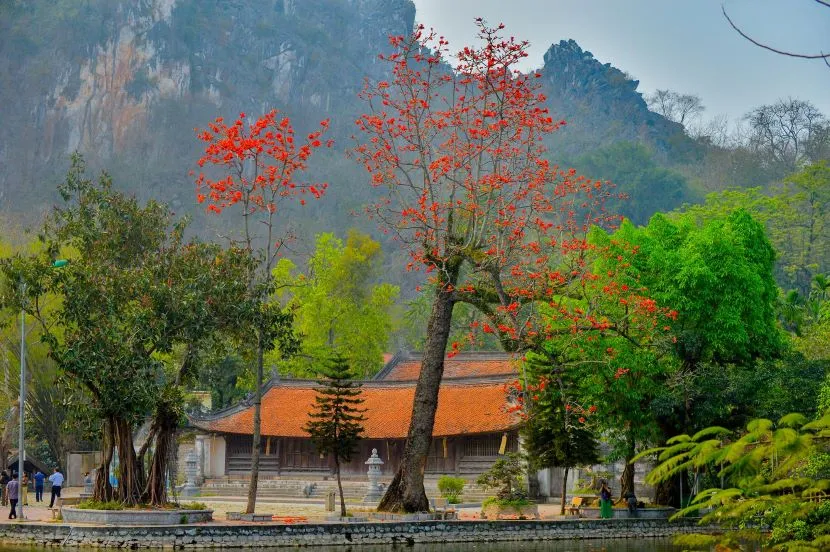
Serene beauty of the pagoda in March
The Thay Pagoda comprises three buildings situated parallel to each other: the Ha Pagoda, the Trung Pagoda and the Thuong Pagoda. At Ha Pagoda, there are quite beautiful statues of Duc Ong, and a large screen depicting hell. The Thuong (Upper) pagoda is located separately from the Ha (Lower) and Trung (Middle) pagodas. The most beautiful statues of Thay Pagoda are concentrated in Thuong Pagoda such as the statue of Amitabha, the Buddha, and the statue of the three lives (Sangha, Buddha and Emperor).
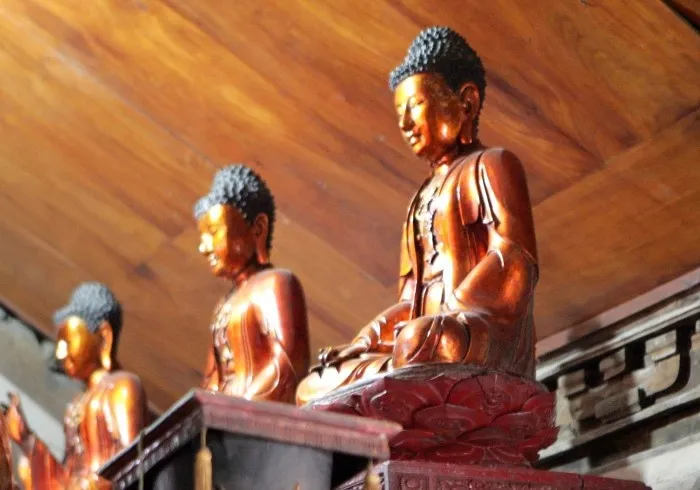
Bhuddhist statue on Thuong pagoda
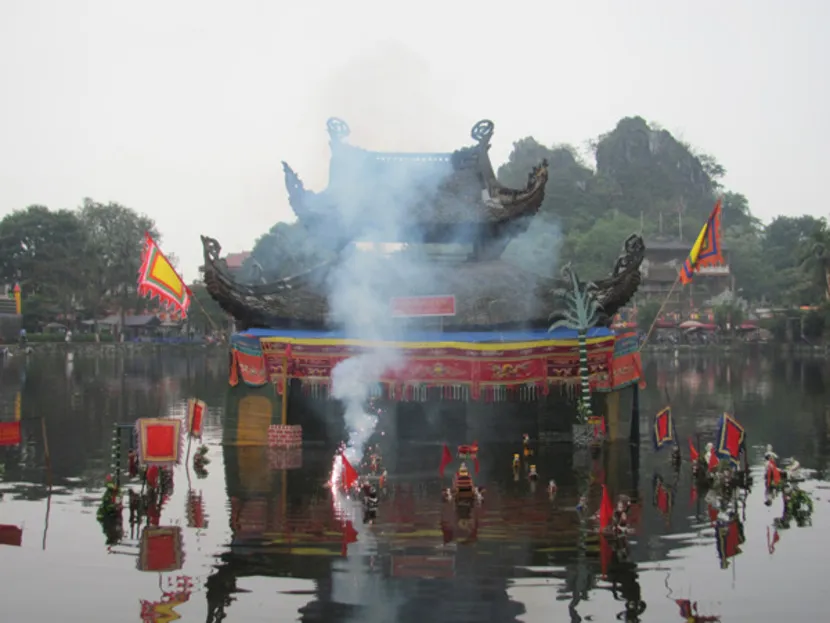
In the middle of Long Tri Lake lies the ancient Thuy Pavilion, which is likened to a pearl in the mouth of a sacred dragon. It is often used as a stage for water puppet shows, especially on festive days.
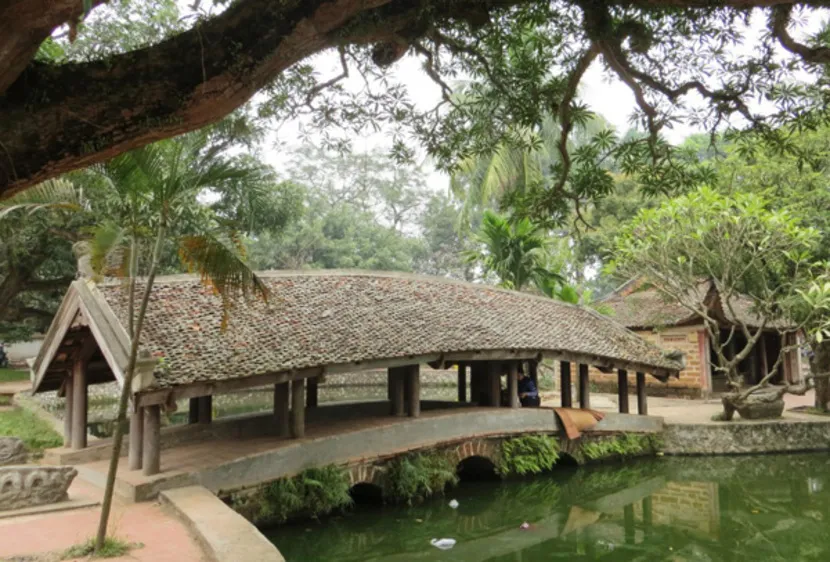
Nhat Tien Kieu and Nguyet Tien bridges
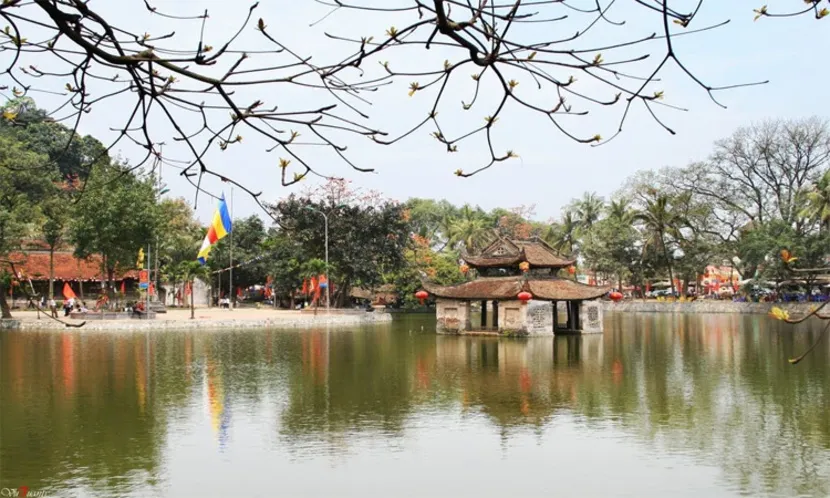
In front of the pagoda is a large courtyard overlooking Long Tri Lake.
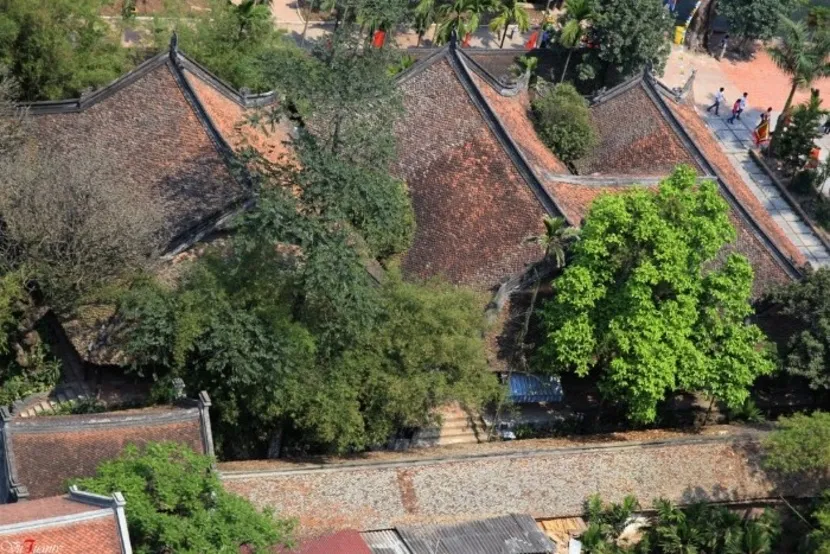
The ancient Buddhist temple, covered with curved tiles, was spacious.
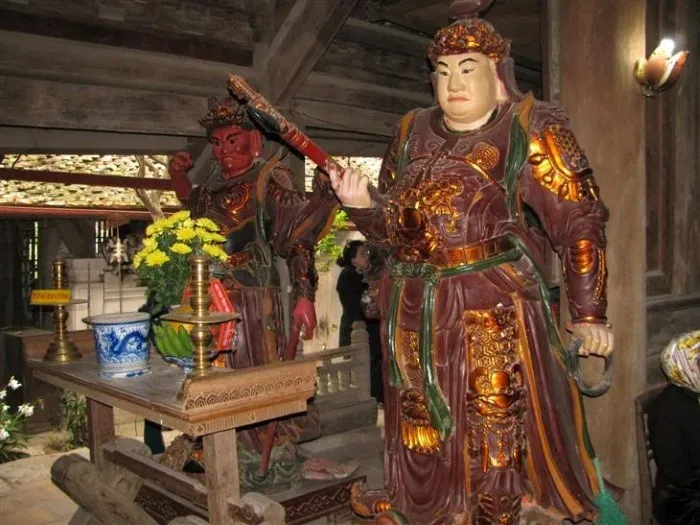
On either side of the pagoda is a long corridor where 18 Ahart Statues are placed, behind which are a bell tower and a drum tower.
Visiting Thay Pagoda is more than just a sightseeing trip; it's a journey into the heart of Vietnamese spirituality and history. The serene atmosphere and ancient architecture create a truly unforgettable experience. Let IZITOUR guide you on this sacred journey. Contact us at [email protected] or WhatsApp +84 382 536 266 to book your Thay Pagoda tour today!
To see more about Hanoi:
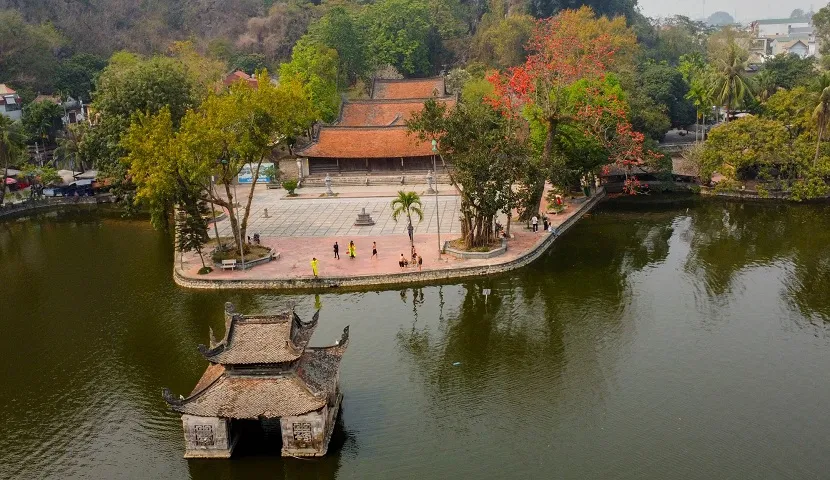






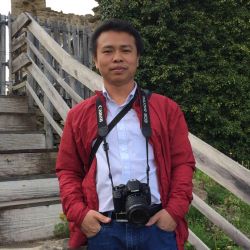
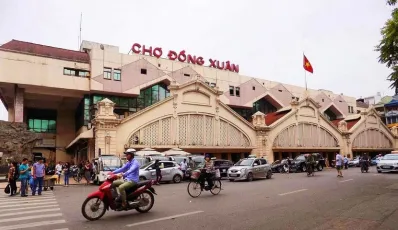
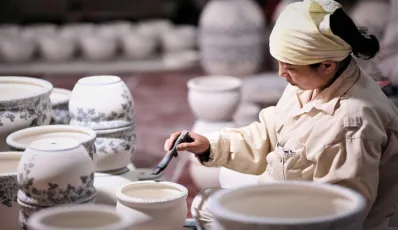
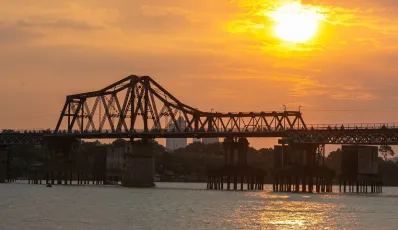
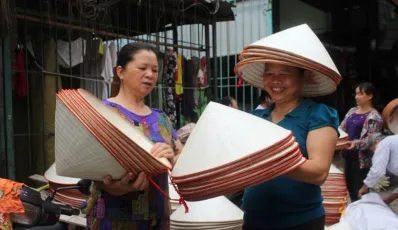
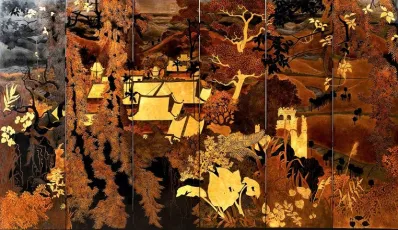
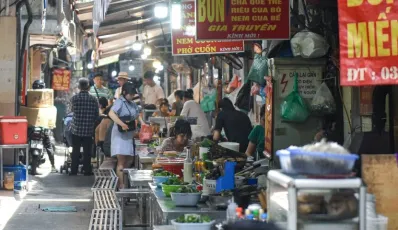
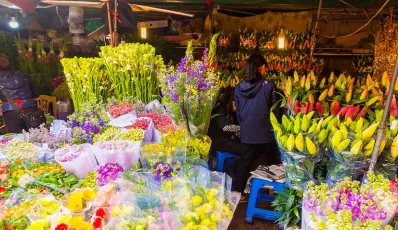
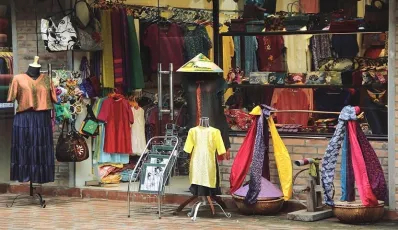
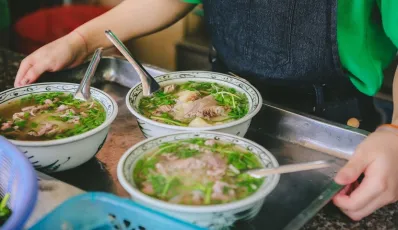
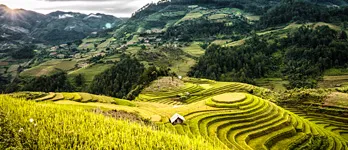
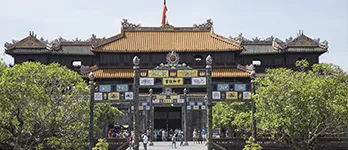
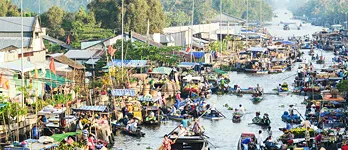

 TRAVELERS' CHOICE 2025
TRAVELERS' CHOICE 2025 